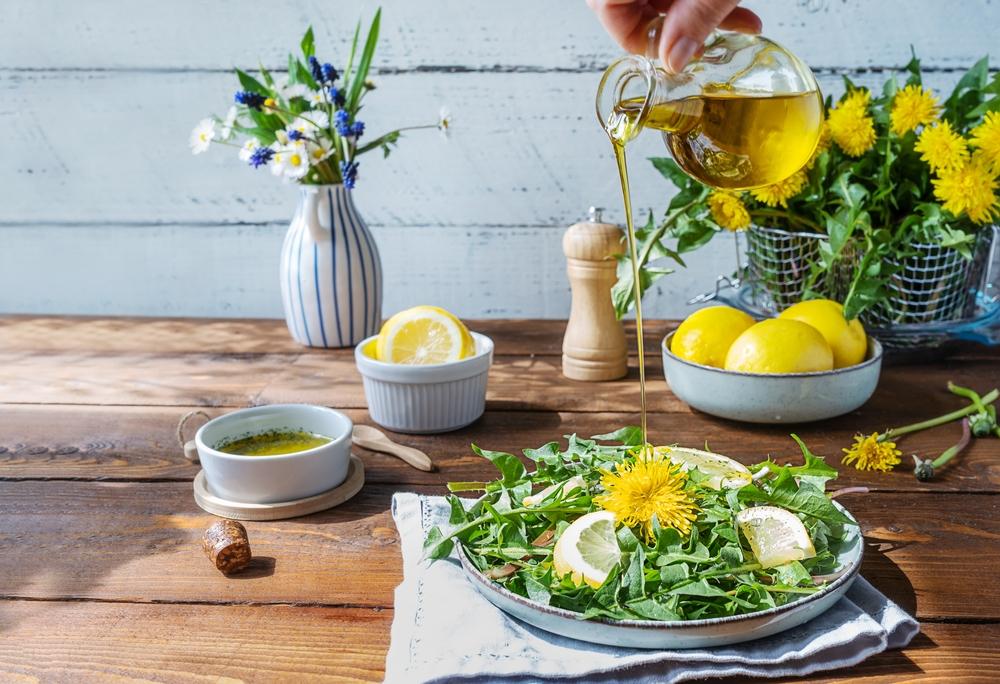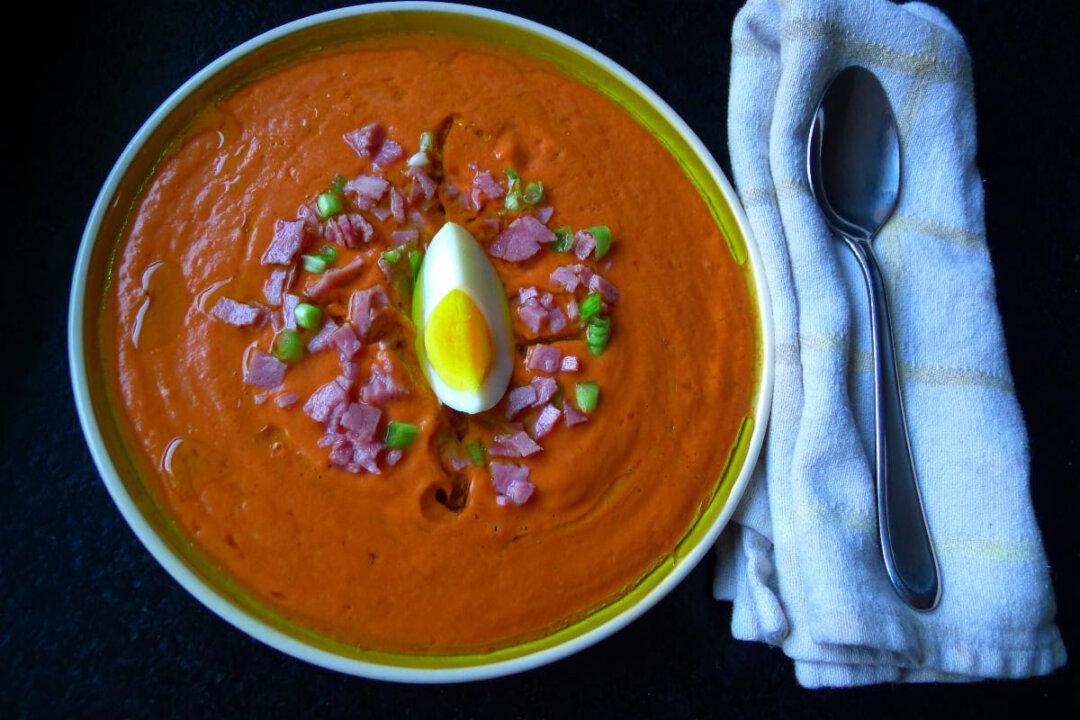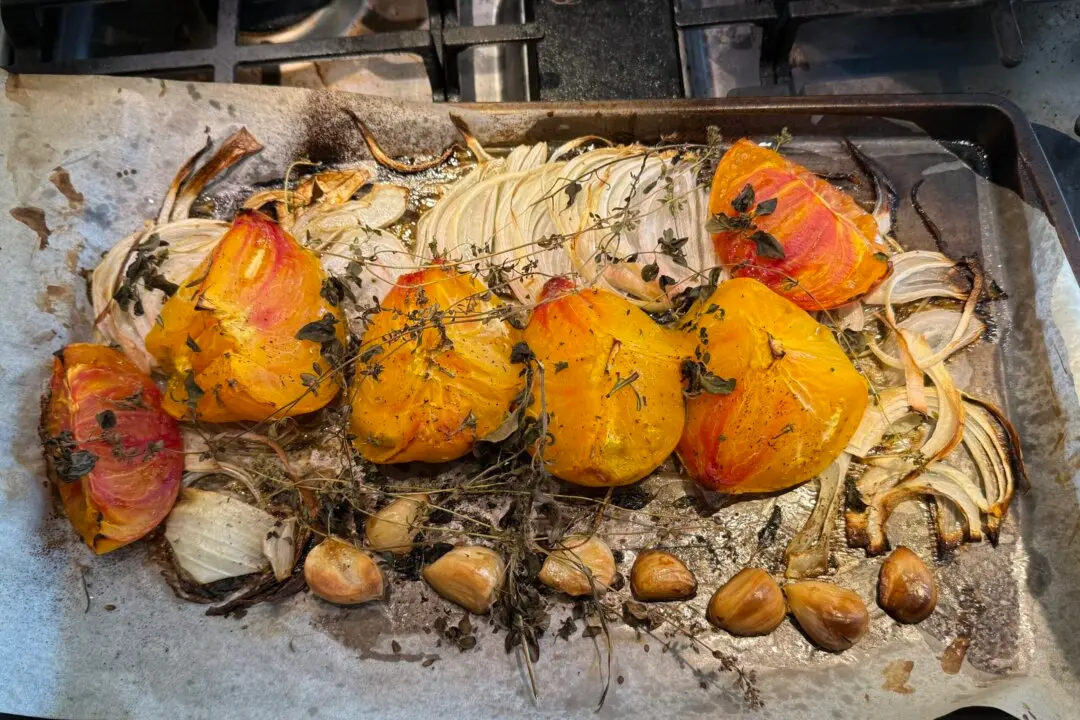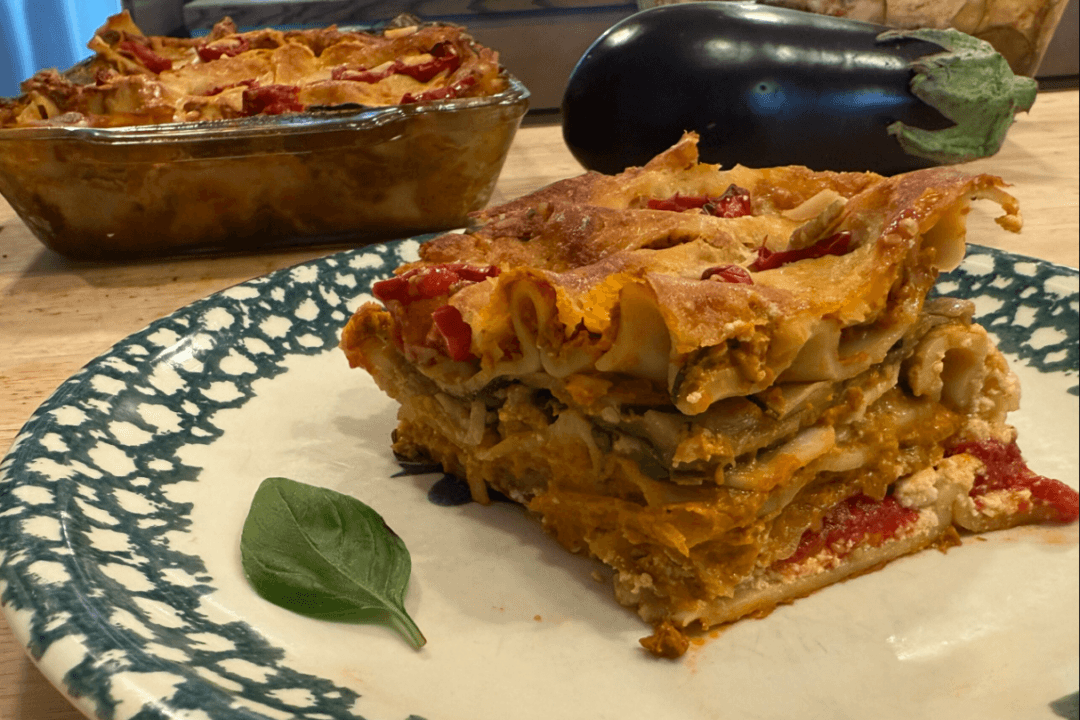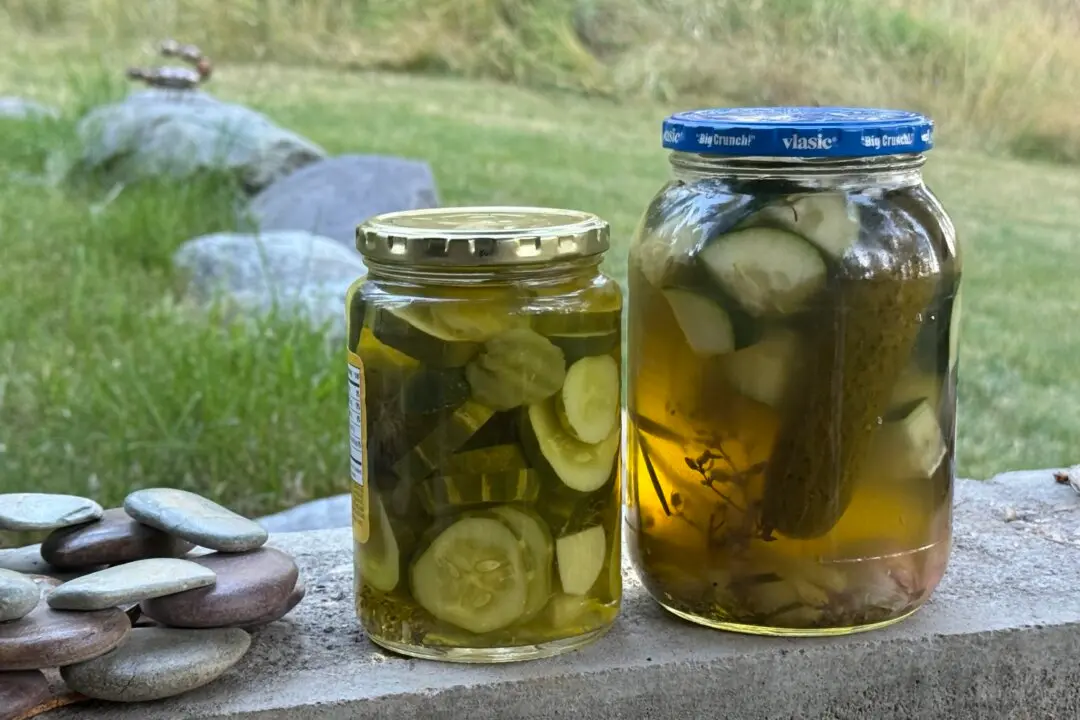I make a point to eat a dandelion every day. The whole plant is edible, from the sunny top to the deep taproot, and all the stem, stalk, and leaf in between. And there are ways to eat it that won’t contort your face with bitterness but rather turn your frown upside down, inside out, round and round. Yes, dandelion can taste good and be part of a delicious meal. It’s one of the most all-around healthy foods you can eat, rich in vitamins, fiber, and many other nutrients.
The sunny flowers, fried in butter, oil, or bacon, taste like extra floral artichokes. The buds have a meaty chewiness and are slightly sweet, with a sunny floral taste that’s a lot like a dandelion flower smells. Like summer and fresh-cut grass. And dandelions.

